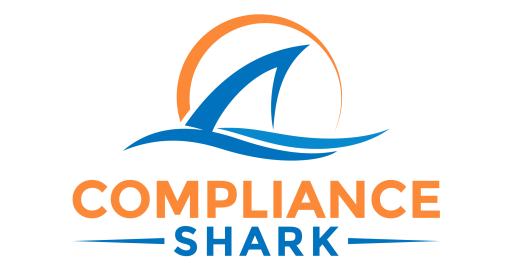So, How Often Should You Visit Your Laundry?
Hey there, I’m Greg.
Welcome back to the eleventh edition of the Compliance Shark Newsletter!
Thank you to everyone who has requested an early copy of my upcoming book, which covers everything I’ve learned on the ground over the past few decades. If you missed the announcement and would like an early copy, simply reply to this email, and I’ll send it your way.
As everyone in this community knows (or at least I hope, after reading my newsletters, you’ve come to understand), healthcare linens and textiles are more than just an operational detail – they are a frontline defense against healthcare-associated infections (HAIs).
With this in mind, it’s not just important to monitor and inspect what’s happening in your own house, but also under the roofs of your off-site subcontracted laundries.
But the question is: how often should you be inspecting your partnering facilities to ensure compliance and quality?
Well, the answer varies.
How Often Is That?
Well …
Recommends at least annual visits to verify adherence to infection prevention protocols.
Suggests that visit frequency should be guided by risk assessments and the specific needs of the healthcare facility.
Recognizes that bandwidth constraints may limit visits to once or twice a year, but stresses tailoring the frequency to individual circumstances.
What do I think? After scaling my mom-and-pop operation, working with hospitals across the country, and leading the HLAC, my recommendation is simple: monthly or quarterly.
Specifically, though, I believe that visit frequency should align with the unique risks and circumstances of each healthcare facility. After all, one size doesn’t fit all when it comes to infection prevention.
If you’re looking for guidance for setting a visitation schedule, here are some points to consider:
Risk Assessment:
Facilities serving high-risk populations, such as immunocompromised patients, should consider quarterly or monthly visits to their linen providers.
Audit History:
If a linen facility has a record of compliance issues, frequent oversight (e.g., quarterly) can help reinforce standards and ensure consistency.
Seasonal Factors:
During flu season or local outbreak surges, increased oversight may be necessary to maintain heightened infection prevention protocols.
And … when inspection day rolls around (a topic for another day!), here are a few key areas to focus on:
Proper Segregation of clean and soiled areas and linens.
Validation of Washing Processes to meet thermal or chemical disinfection parameters.
Assessment of Storage Conditions to ensure hygienic cleanliness is maintained until use.
Documentation of Infection Prevention Protocols and staff training.
By prioritizing these areas, you can ensure your subcontracted laundry partner is consistently meeting the standards needed to protect your patients and your facility.
Final Thought
Routine inspections don’t just hold your laundry partners accountable – they protect your patients, safeguard your facility’s reputation, and help you stay ahead of potential risks.
I know time, preparation, and resources can feel stretched thin. But regular, well-planned visits are an investment in safety, trust, and operational excellence that pays off in the long run.
If you need guidance on inspection strategies, risk assessments, or understanding compliance standards, reply to this email – I’m here to help.
Until next time,
Greg
Compliance Shark


